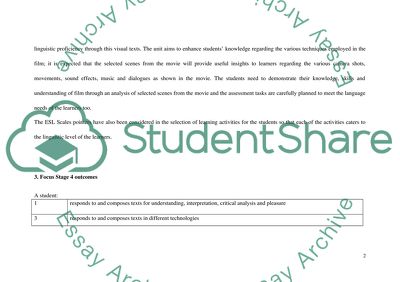Cite this document
(“The Princess Bride Film Essay Example | Topics and Well Written Essays - 4250 words”, n.d.)
Retrieved from https://studentshare.org/visual-arts-film-studies/1567603-the-princess-bride-film
Retrieved from https://studentshare.org/visual-arts-film-studies/1567603-the-princess-bride-film
(The Princess Bride Film Essay Example | Topics and Well Written Essays - 4250 Words)
https://studentshare.org/visual-arts-film-studies/1567603-the-princess-bride-film.
https://studentshare.org/visual-arts-film-studies/1567603-the-princess-bride-film.
“The Princess Bride Film Essay Example | Topics and Well Written Essays - 4250 Words”, n.d. https://studentshare.org/visual-arts-film-studies/1567603-the-princess-bride-film.


